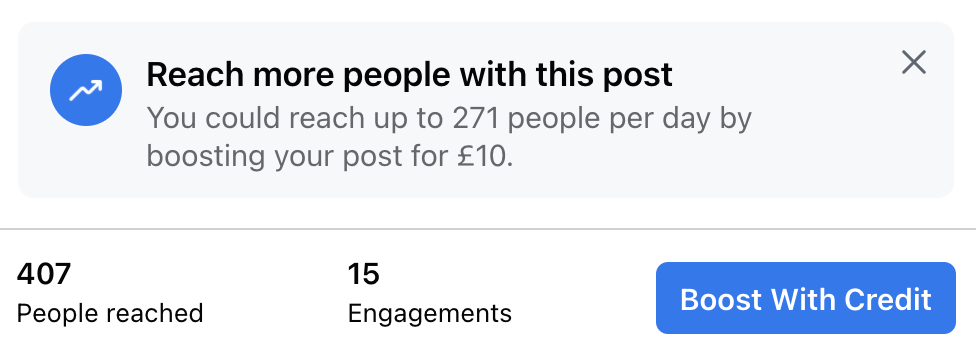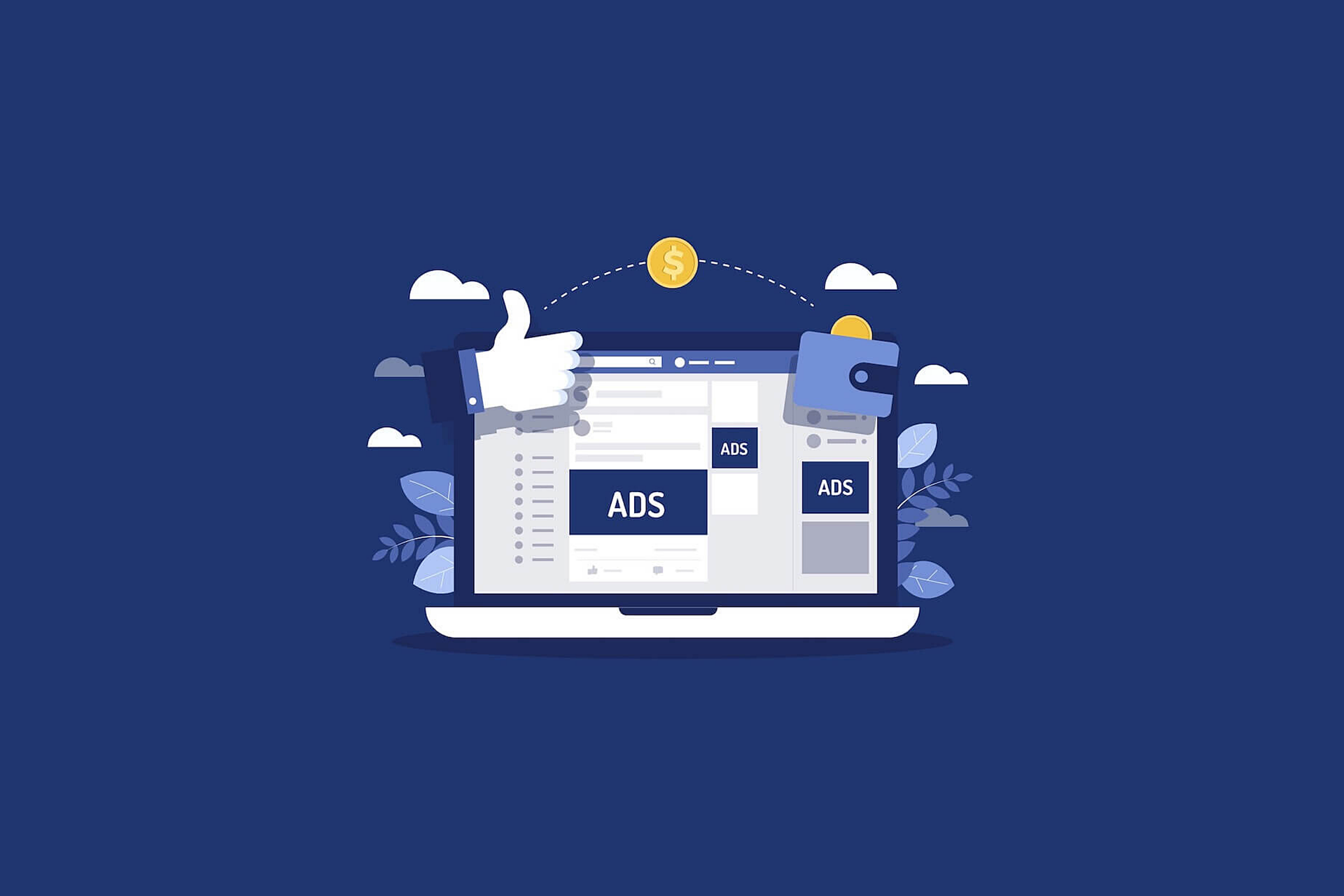Most arts organisations are using social media, but the problem is most of the creative industries are using social media because they feel like they have to. It’s the “Everyone else is doing it so maybe we should to” kind of attitude.
I interviewed for a company recently who promote themselves as a marketing organisation for poetry and spoken word performers. To prepare I checked out their social media presence. It is safe to say that it was not particularly inspiring. Take for example their YouTube channel. They had loads of videos up there with a good variety of the performers and some interesting content but these videos averaged about 20 views each. 20 views! And, in all honesty, that was at best. (When I was at college I made a joke video of my friend dancing in a kitchen… In a day I had 50 views just by sharing it with mates on MSN Messenger.) For a company that sells itself on promotion, if anything, this is detrimental to their campaign. If you go on to an advert for a festival or event on YouTube which are you going to attend? The festival that has 10,000 views and positive comments or the one with 20 and no interaction.
Now don’t get me wrong, I commend the effort, but they were posting because they felt they had to, because everyone else was doing it. They clearly had no understanding of why they were doing it and how to get the best from it.
So here are 10 fool proof ways to get you started with successful social media campaigns!
(I will go into more details of how to best use specific platforms and features in social media in later posts but you can use these basic ideas as a jumping off point so at least now you know where to begin)
- Choose the social media that suits your business
Often, when first setting up, businesses feel obliged to set up pages on absolutely every platform there is out there. Not only is this incredibly difficult to maintain but it is entirely unnecessary. Are you a photographer? Then why not think about Instagram to begin with. The focus is on imagery and it comes with built in editing software and analytics. Images are after all what you produce and what you want your audience to see. Do you design knitwear? Think about Pinterest or Ravelry. Ravelry is a social media group specifically designed for lovers of crochet and knitting so it would be easier to find your target audience and like-minded folk. I saw a knitting cabaret show at the Edinburgh Fringe Festival last year which could have done really well promoting through Ravelry! Pinterest focuses on craft and images and has recently introduced a business platform from which you can sell your work. This opens business opportunity and currently has limited competition. Are you a museum or gallery looking to promote your conference centre? Go straight for LinkedIn! This way professionals and conglomerates can find you easily and learn what you have to offer over other providers.
Going straight on to Twitter and Facebook is never a bad idea but be warned. You may think that surely this is where you will find your audience because of the number of users. Everyone’s on Facebook right? Well yes, but so is every business. There is a lot of competition and it can be difficult to get noticed!
Twitter has a similar problem. A tweet has an average life span of 18 minutes or less according to Moz.com. When you think about the number of people tweeting this might not seem so bad, but chances are your tweet will be lost in the ether to a post from Stephen Fry informing us of what he had for breakfast. So research your hashtags to know which ones will stand out from the crowd and gain some power from your tweets.
- Post relevant content
When you run out of ideas it can be tempting to Instagram that coffee and cake your having for an afternoon snack. But stop right there! Remember your audience! They are following you to learn more your company and your message. They really don’t care about your daily eating habits.
If you’re having content block, then never fear! This is when content curation comes in. Perhaps you’re an art gallery: your exhibition has been up and running for two weeks with two more weeks to go and you don’t want to keep bombarding your audience with more messages regurgitating information they have already read. How about some interviews with the visitors? Get some live responses for how they found the exhibition. Perhaps there are published reviews about your event you can link to. What about other galleries doing similar work to you? Or previous articles written about the artists in question? Think outside the box and link to these sites. If you let them know they might even link to you on their social media in reciprocation and beautiful working relationships can be formed.
- Post content consistently
I cannot stress how incredibly important this is: for your audience, your search engine optimisation (SEO) and your online reputation management (ORM).
Many companies, ever optimistically, begin the social media marathon with a sprint, posting on Facebook all day every day. After a while one of two things can happen, either there’s not enough time in the day or there’s not enough interesting, relevant content to keep generating posts at this pace. If you drop off dramatically this can affect your online presence in multiple ways. If you go on to businesses Facebook page and see that no one has posted any content for 3 weeks when before they were posting once every couple of hours what would you think? At worst, you may query if they even still exist, at best you think if they’re too lackadaisical to maintain their online presence what else are they too lazy to do? Google will also take this information into account. If all of a sudden, a site stops posting new content when it has been renewing posts at full throttle you will be moved down the Search Engine List. It will damage your ability to be found through organic search and your online reputation.
What is important to note is that you don’t have to post this much! Take for example accomplished arts blog PostSecret. Started in 2005 by Frank Warren and still going strong today it reached out to the community of America, and now the world, asking them to send in their personal secrets illustrated on a postcard. Not only did Frank Warren tap into the community, after all we all have secrets, but since 2005 he posted a fresh blog post every Sunday. This has now been taken over by someone else but continues the same pattern. The audience don’t get frustrated when they check it out on a Wednesday there aren’t any new postcards because they know the drill, some checking back every Sunday religiously, but what if this suddenly stopped? The audience would trail off, some would never return. Over time google would recognise the lack of consistency its position in a search engine would also drop off.
So, remain consistent. If you’re a small arts organisation and feel you can only commit an hour a week or even a month to social media then fine. Start at that slow pace. Your audience will recognise the pattern and come back after the next time frame to check again. It is better to start slow and grow your online presence with your business than to start off all guns blazing and drop off abruptly, both for your community and your SEO.
- Link your social media platforms together
We see everywhere nowadays websites have links to Facebook and Twitter built into the pages. This is important as it draws more followers to our Social Media. Not only does this increase the likelihood of likes and shares from our posts reaching new audience but it can also act as an easier method to keep our audience up to date with what’s new. So simple, so effective!
This isn’t it though. You can also link your pages together. For example, on Instagram and Twitter there are options to share whatever you’re posting on Facebook as well. You can take this to another level by using software like Hootsuite (where you get a 30 day free trial or can run 3 social media platforms for free) you can easily manage all of your business pages from one place. You can schedule to post at specific times, decide which sites to post on and easy engage with audience. The great thing about Hootsuite is that they offer free online courses in both how to best utilise their software and the fundamentals of Social Media Marketing so you can really get to grips with it and eventually become an expert. If you do decide on this option remember not to share all posts on every platform. Your community deserve unique content for their dedication to following you and some posts that are relevant for Facebook, a more casual platform, may not be suitable for LinkedIn. You don’t want people opening up your page in a professional environment and seeing links to your after-show party with the Chippendales.
- Upload Headers, Profile Pictures, Photos and Logos.
This may seem obvious but there are plenty of people out there who don’t do it! Simply put, it looks inattentive and unprofessional. It discourages likes and follows which will basically lead to no conversions! And nowadays there is no excuse. With high powered digital cameras on our mobile phones and tablets and editing software built in both to applications and social media sites it is simple to create quality, professional looking, unique images with limited effort. You don’t even need to be a good photographer. And remember, pictures engage people more than text!
Branding is always important in marketing so ensuring your logo is easily found on your pages. This constantly reminds your visitors who you are and what you do. It’s a straightforward way to keep your business at the front of the viewers mind at all times and to ooze professionality.
- Keep Up to Date with new platforms and features
Social Media is being updated all the time. With the pace of technological development almost every day we are confronted with new challenges and with these come new opportunities.
I cannot stress the importance of exploring new features! Even after a few years of its first launch, if you broadcast a live video on Facebook their algorithm has been adapted to boost you near the top of a followers Newsfeed. This allows Facebook to promote the Live option for other users but is highly beneficial for you as it means your live videos are boosted for free and will therefore (for the meantime) attract more viewers. I am incredibly excited for the near future extended use of VR and AR within Social Media platforms and imagine when these add-ons are introduced a similar boosting method will be put in place. Also remember: the newer the feature the less competitors will be using it which, for some reason, is especially the case in the creative industries.
So be on trend, be modern, be exciting, be now. Let your social media reflect your business.
- Be Honest and Relatable.
I know that this seems obvious, but it is incredibly important to remember with every tweet, Instagram or post! The best way to engage your audience is to find a way to relate to them: whether the situation demands finding a way to make your target audience laugh or cry try and discover that sweet spot. Speak to them the way you would like to be spoken to, give them content you would like to see, then sit back and watch your audience grow.
And, of course, always tell them the truth. I could go into detail on this but if I am being honest the perfect example of what not to do already exists: Fyre Festival. If you haven’t already seen it (then, quite frankly, where have you been) the Netflix documentary acts as a checklist for exactly how not to use Social Media. In brief: you can’t just use popular models to promote a bespoke, expensive festival that doesn’t really exist and expect in the world of the social media empire that the truth won’t out.
- Do your keyword and hashtag research.
Organic Search traffic, believe it or not, is still a key method to get noticed. I have been promoting a show for the Edinburgh Fringe recently and every time I put out a post using #edfringe #edfringe2019 or #MakeYourFringe I get at least one new follower on Twitter. I appreciate that it is also presumably the incredibly honest and relatable posts I share, yet it never ceases to amaze me how powerful the hashtag can be. Using existing popular hashtags helps you tap into a ready existing supply of your target audience. Additionally, creating your own hashtags for certain campaigns makes it easy for you to track the people who are interacting with you.
You also need to think about your keywords as these will seriously help to improve the SEO of your website. I know what you’re thinking, how can what I put on Social Media help to build the online reputation of my business page. The simple answer is that the google algorithms are very clever and take all accounts that are linked with your website into consideration when your determinising your search engine ranking for certain search terms. For example, if you’re running a start up museum in Birmingham you probably want to be ranking for the search term ‘Birmingham Museum’ so start using this in your posts. It takes some time, months and sometimes years, but it really is that simple. Don’t try and abuse the system though. You can’t just post ‘BIRMINGHAM MUSEUM’ over and over again all day every day. As I said, Google is very clever: they will read this as spam and rank you lower!
- Use Analytics.
I find it remarkable the number of companies who don’t use their built-in analytics. Think about it, if 20 years ago you turned to say a touring theatre company and said: “Publish an advert in our newspaper and in return we will tell you everyone who has seen that advert, gone out of their way to learn more about it and continued on to make a ticket purchase because of it. In addition, we will also be able to provide you with certain demographic information about your audience for no extra charge.” It basically would have been an impossibly, some kind of voodoo magic. But think about what it could have done to help your marketing campaigns! If you knew that for example a national paper with touring listings had sold you 10 tickets and local papers with local listings had sold 100 tickets, then wouldn’t you change your strategy into putting more time and money into local papers?
This is the information that social media platforms offer businesses for free! It answers all your questions and loads you didn’t even have so you can know exactly which posts and ads work and which don’t. Questions like:
- What time will my posts get the most views?
- What kind of content works best on my posts?
- How do I maximise post interaction?
- How many people clicked through the link on my post?
- Should I post a gif, an image or a video?
There are countless queries but you get the idea. Use analytics to figure out the overall and most constructive use of your time.
- REMEMBER: It’s all about community!
Fundamentally, this is the reason SOCIAL networks were set up in the first place. They act as community groups in the digital age: a way for us to keep in touch with one another and businesses online. It is your opportunity to reach your exact target audience and with patience and consistency its possible to build this for free.
In addition to most of the world being on a social media platform of some kind you can also get specific really easily as there are already so many existing Community Groups out there, especially on Facebook. I have found ‘advertising’ or posting on pre-existing community groups incredibly useful whether your targeting people from a specific location or with certain interests or both these groups are often already out there! I worked for a circus skills company in Birmingham for a while and a lot more traction for their festival was made by posting on groups about: circus skills across the UK and internationally; the Birmingham Arts scene; the Birmingham festivals network; the local Digbeth community. The possibilities are endless! So think about the group you’re looking for and search for it on Facebook! Chances are there is already one you can join and campaign to.
These 10 tips will be enough to get you started on social media! So enjoy! And get moving!
If you have any queries or suggestions for future posts about social then contact us or put it in the comments below and I will endeavour to get back you!
Read that Moz Article about Twitter HERE
Join Hootsuite HERE
Check out Ravelry HERE


 Also known as a Social Media Ad, using Target Ads opens a whole box of opportunities across your community platforms.
Also known as a Social Media Ad, using Target Ads opens a whole box of opportunities across your community platforms.


